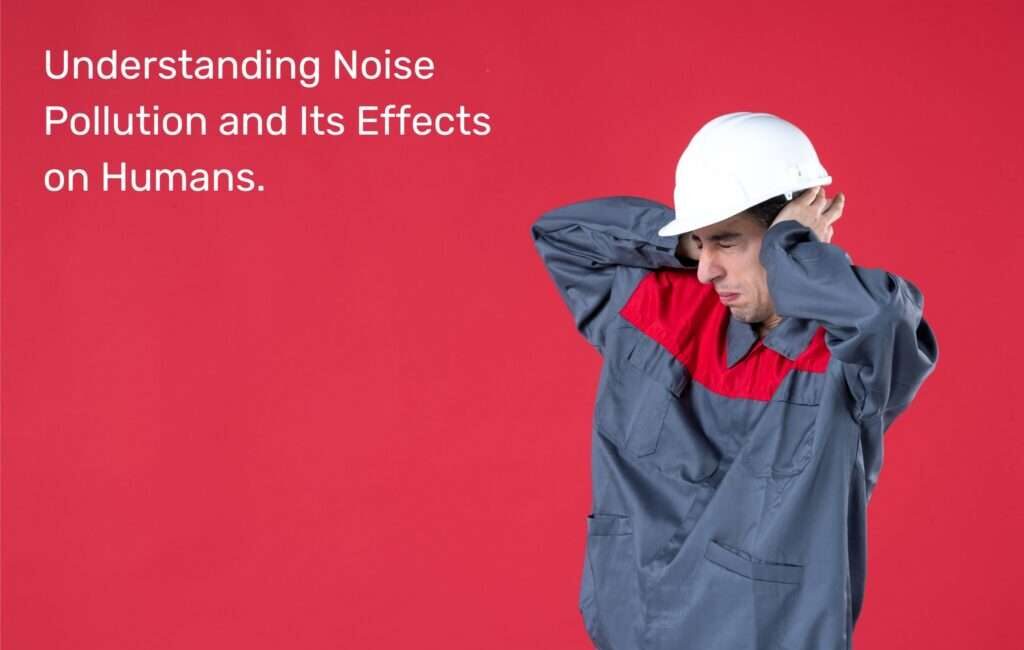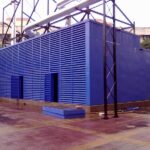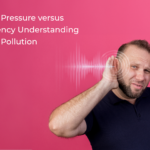Posted On August 31, 2023 by thermosonics
Noise pollution, also known as environmental noise or sound pollution, is the presence of excessive or disturbing noise in the environment that disrupts the balance of natural sounds and interferes with normal activities, communication, and quality of life for humans and other organisms. Noise pollution can be categorized into different types like industrial noise, transport noise, air traffic and neighborhood noise.
What is Industrial Noise Pollution?
Industrial noise pollution is one of the extreme types of noise pollution. Industrial noise levels can exceed 85 decibels which is considered threshold of potential hearing damage. Medical experts mention all sounds above 90 dB damage the inner ear. Also, if you listen to sounds at 85 dBA for more that 6 hours at a time, it can lead to hearing loss.
Causes of Industrial Noise Pollution
Shipping and Steelwork Industries
Noise pollution in shipping and steelwork industries is a significant concern due to the substantial noise generated by their operations. Large vessels, such as cargo ships, tankers, and cruise liners, have powerful engines and machinery that produce considerable noise during operation. This noise can be heard both on and off the ship and can propagate over long distances, affecting workers and people around the workplace. Also, steel production involves various noisy processes such as smelting, forging, rolling, and shaping metals. Heavy machinery, furnaces, and industrial equipment used in these processes generate significant noise levels.
Noise Pollution in Various Industrial Settings
Machinery, construction, and vehicles are indeed among the most damaging sources of noise pollution in industrial settings. Industrial machinery used in manufacturing processes, such as compressors, pumps, generators, and heavy equipment, can produce high levels of noise. These machines often operate continuously or intermittently, generating persistent noise that can affect workers’ health and well-being if not properly controlled. In sectors like manufacturing, mining, and processing, various types of machinery contribute significantly to overall noise levels in industrial environments.
Construction activities involve a range of noisy processes, including drilling, excavation, demolition, and use of heavy equipment like cranes, bulldozers, and jackhammers. Vehicles used in industrial settings, such as trucks, forklifts, loaders, and construction vehicles, contribute to noise pollution through their engines, exhaust systems, and operation.
Damaging Effects of Industrial Noise Pollution
Industrial noise pollution can have numerous negative effects on both human health and the environment. Here are some of the key impacts:
Hearing Damage: Prolonged exposure to high levels of industrial noise can lead to irreversible hearing loss or impairment. This can occur gradually over time as a result of continuous exposure to loud noise levels without adequate protection.
Health Issues: Industrial noise pollution is associated with various health problems, including increased stress levels, hypertension (high blood pressure), cardiovascular diseases, sleep disturbances, headaches, and fatigue. These health effects can significantly impact the well-being and quality of life of individuals exposed to excessive noise in industrial settings.
Communication Interference: High levels of industrial noise can interfere with communication among workers, leading to misunderstandings, errors, and decreased productivity. It can also hinder effective communication in emergency situations, potentially compromising safety.
Overall, industrial noise pollution poses significant challenges for public health, environmental sustainability, and social well-being. Efforts to address this issue should focus on implementing noise control measures, enforcing regulations, raising awareness, and promoting sustainable practices in industrial activities.
Solutions for Industrial Noise Pollution
Acoustic Enclosure for Rotary Equipment
An acoustic enclosure for rotary equipment is a specially designed structure or housing built around machinery such as pumps, compressors, generators, or other rotating equipment in industrial settings. Its primary purpose is to reduce the noise emitted by these machines and protect workers, nearby residents, and the environment from the harmful effects of industrial noise pollution.
Acoustic enclosures are typically constructed using materials with sound-absorbing properties such as acoustic panels, foam insulation, or composite materials. These materials absorb sound waves generated by the equipment, reducing the overall noise level emitted into the surrounding environment. Acoustic enclosures are designed to be structurally robust and tightly sealed to minimize sound leakage. They may feature double walls, heavy-duty doors, and vibration isolation mounts to enhance their effectiveness in reducing noise transmission. The enclosure acts as a physical barrier between the noisy machinery and its surroundings, preventing the direct transmission of noise to nearby areas.






